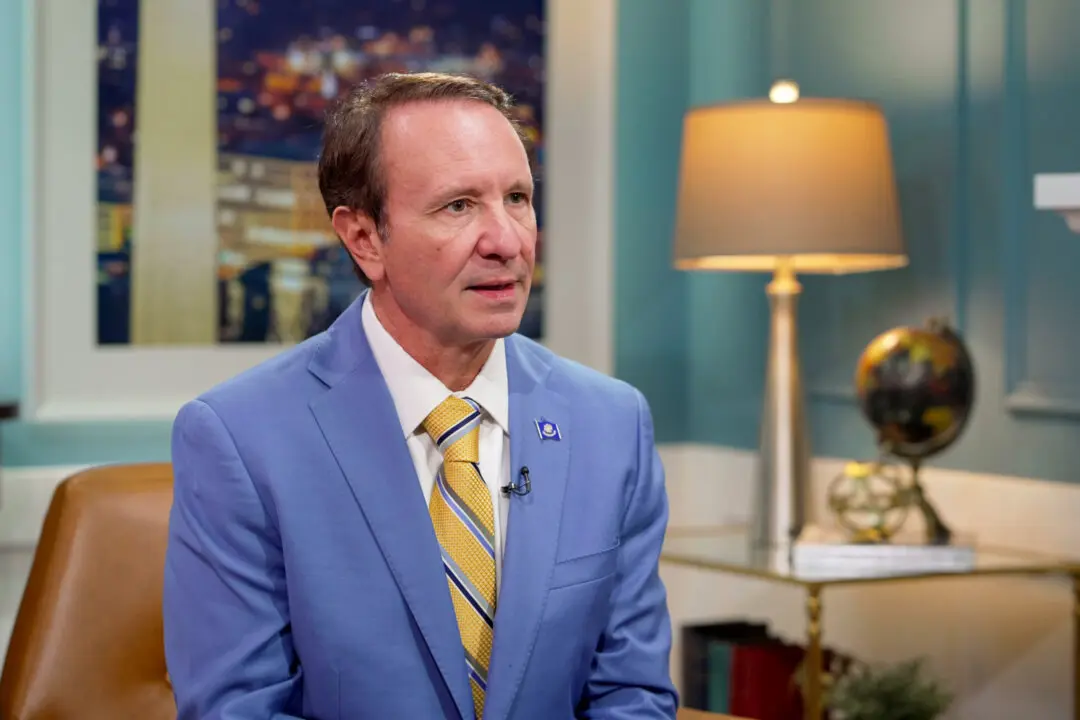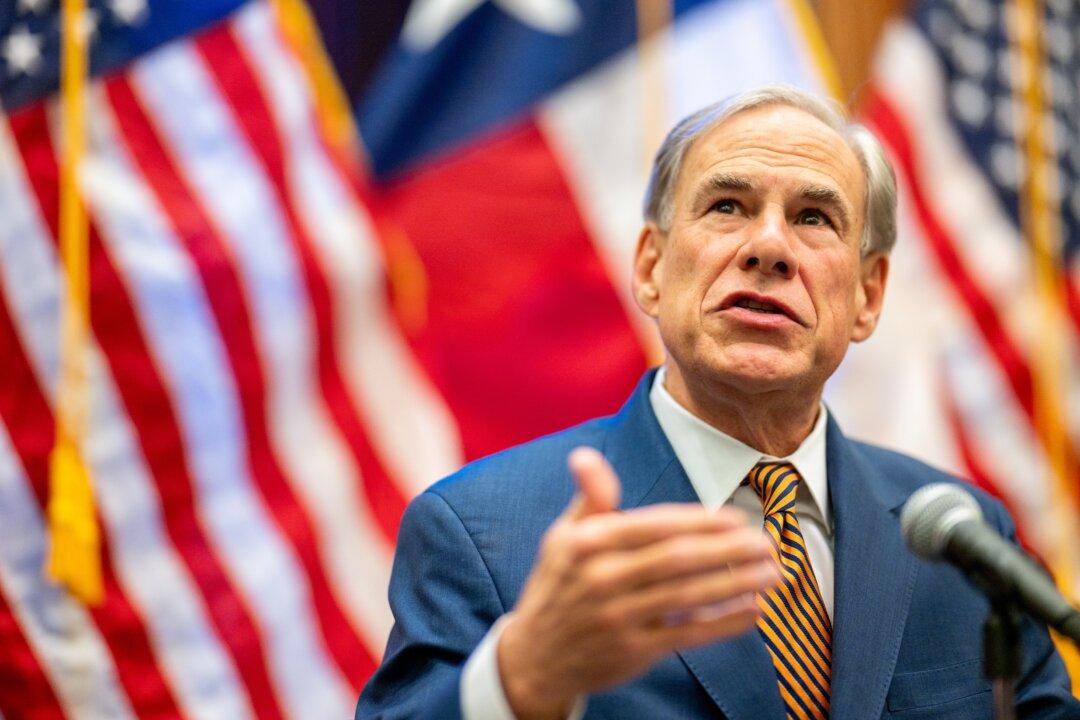After receiving a $10 billion boost from the Inflation Reduction Act, the Biden administration is resuming a tax credit for makers of solar panels, wind turbines, fuel cells, and other sustainable energy equipment.
The U.S. Treasury Department, the U.S. Department of Energy, and the Internal Revenue Service (IRS) have publicized information on the Inflation Reduction Act in an effort to encourage investment in underserved regions and hard-hit coal communities.





